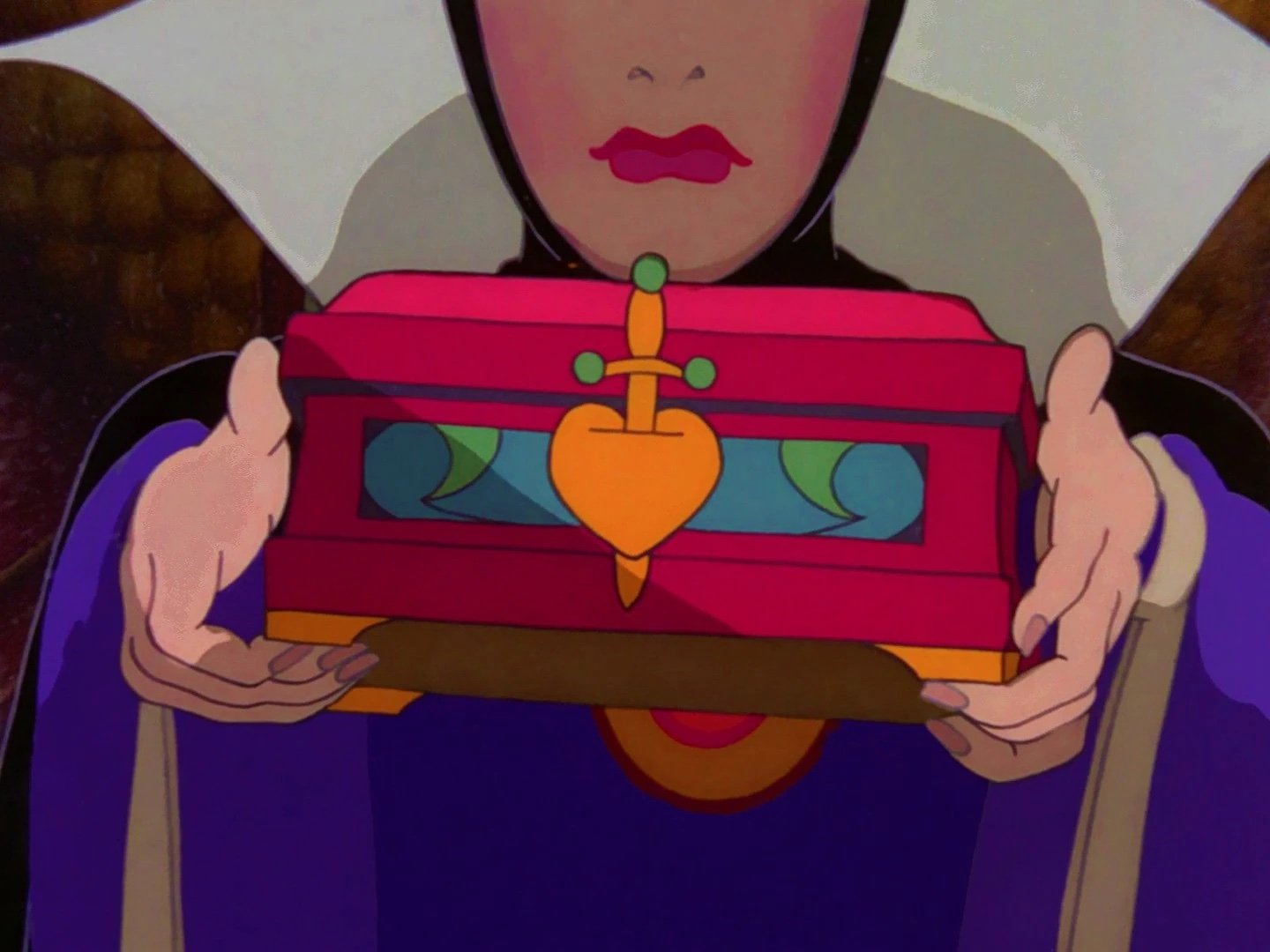Disney is celebrating 100 years of creativity in 2023. While taking in all of the events planned around the globe in honor of the occasion, I started thinking about the company’s evolution over that time. Before you get saddled up with an anti-change rant, it was something a little more specific that I had in mind today; the media that started it all, Disney’s animated films. If you look at the list of films Disney has released in chronological order, there are a few directional shifts that stand out, and not just in the way of technological advancement or the newly adapted re-focus on inclusive diversity. Quite simply, Disney has changed their approach to storytelling in and of itself.
Disney’s animated films once all shared a similar theme, a formulaic approach that was systematically predictable. The sequence usually came in the form of an opening, trauma, peril, and a somewhat happy ending – one that was often very different from the grim, original tale. Yet, audiences accepted the entertainment routine repeatedly until the late 90s when the Disney-with-a-side-of-distress movie formula became something audiences struggled to embrace.

All of a sudden, we wanted our children’s movies not just to look visually stunning but also to have some substance and life lessons that were more relevant to the times. Disney animation began to look different, and a transition occurred that moved away from emotionally disturbing deaths and implied violence; no one was trying to cut anyone’s heart out or chop heads off. Instead, films like Toy Story, The Incredibles, and Cars came on the scene, exploring different themes, including the idea of chosen family and those around you coming together to face challenges rather than the individual being singled out as a potential victim.
The famous art of Disney Storytelling evolved before our eyes, and animated film culture would never again be the same. Almost overnight, animation was held to a higher standard, with the expectation now equally on character development and relationships, as with the storyline itself. In some cases, we started to see movies where the character progression was so strong that it often outshone the story altogether. It took some time for the new recipe to be tweaked to perfection, involving a second wave of adaption incorporating a more realistic reflection of our world. Strong female leads like Tiana and Rapunzel emerged; male characters developed vulnerability and the ability to share non-romantic affection and humor with others, no longer fixed within the confines of the prince charming stereotype. Our characters began to look different, with a greater representation of race, culture, and history, all coming to life on screen. The times dictated that we wanted more from our G-rated selection, and Disney came to the party, still pushing boundaries to explore all combinations of relationships.

My children were born in the 2000s, and I quickly found myself contributing to the demand for a modernized take on family animation. I shied away from showing the movies like Snow White or even Beauty and the Beast, waiting until they were much older than I was; And the idea of watching Bambi with them? I still can’t handle that. Yes, I understand that it is me, not necessarily them. As they grew, the expansion of Disney’s creativity seemed to multiply. Up, subtlety tackling loss, infertility, loneliness, and more, all through the eyes of an elderly gentleman seeking adventure. Frozen followed a new-age love story between sisters who needed to accept each other’s strengths and weaknesses to present strong when joined together. Inside Out took us through the otherwise unspoken chaos of tween/teen emotional struggles, visually depicting each emotion in a way our kids could understand. Even the movie Moana abandoned the way we looked at our princess’s rigidity, showing a character embarking on a dangerous journey by choice, a display of heroinism and leadership. Moana’s counterpart in the film developed an emotional connection based on respect and friendship rather than romance. And the enemy? Well, it turns out to be none other than mankind itself, in a way, not some deep, meaningless bad that inspires terror.
It might sound corny, but I love this new wave of Disney animation. I appreciate what it did for my children, watching them experience it and the discussion that came from the different approaches to familiar challenges. No more post-family movie nightmares but a deeper understanding of self-awareness and reassurance that we are not alone. The more this film-making revolution unfolds, the more I seem to be pulling away from the earlier Disney classics. Of course, some will always stand the test of time, like Cinderella, Robin Hood, and Peter Pan. However, others don’t hold up. Fantasia isn’t something I need to see again, nor is Alice in Wonderland, come to think of it. Even Dumbo was so miserably sad that I couldn’t bring myself to watch it or the live-action remake.

With those in mind, I realize that not only is the sadness in the new wave of Disney storytelling toned significantly down, but it’s also more disguised, often being completely overlooked by a younger audience. Gratuitous threats of violence and emotional damage don’t cut it anymore. Entertainment is now required to have a multifaceted foundation, no longer accepted at face value for simply being beautifully animated.
Looking back on what you watched as a child, what animated films don’t hold up for you? How has what you watched with your family changed from what you chose to watch with your own family?

